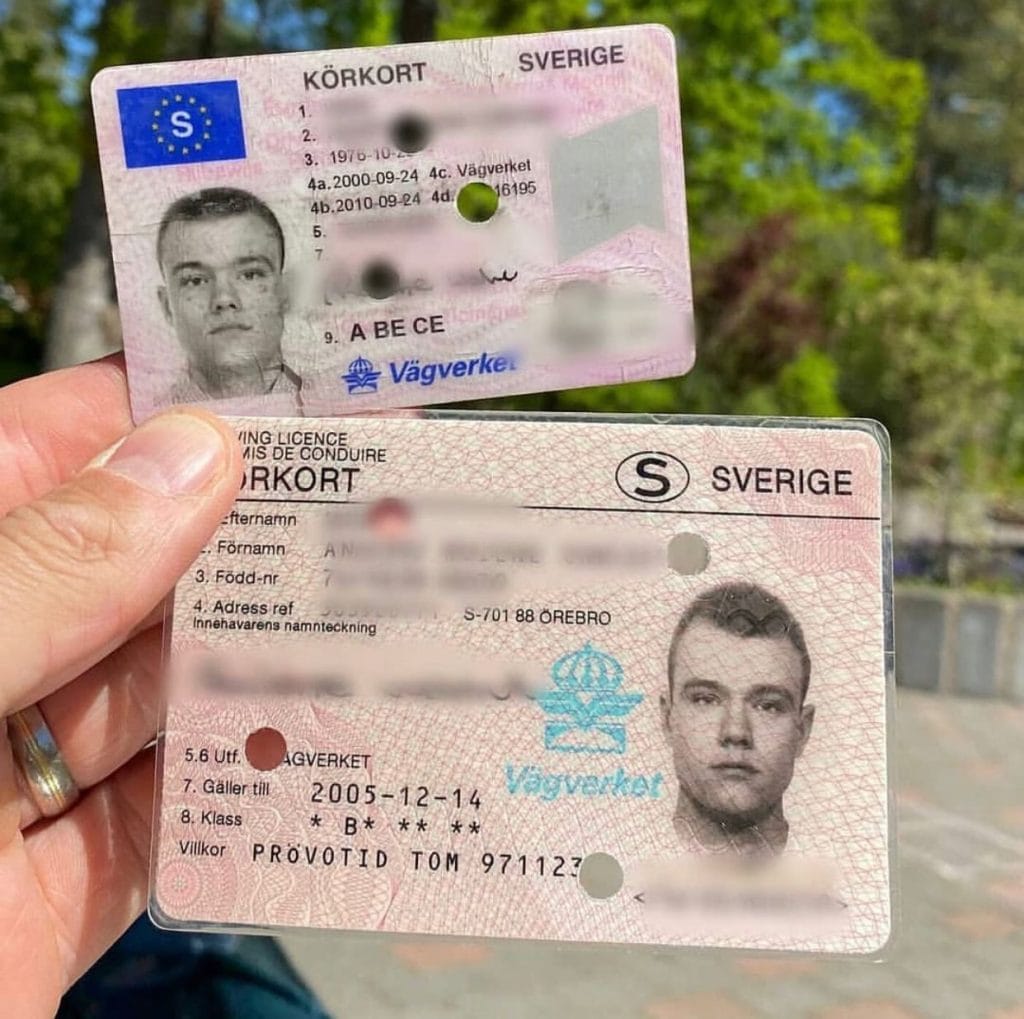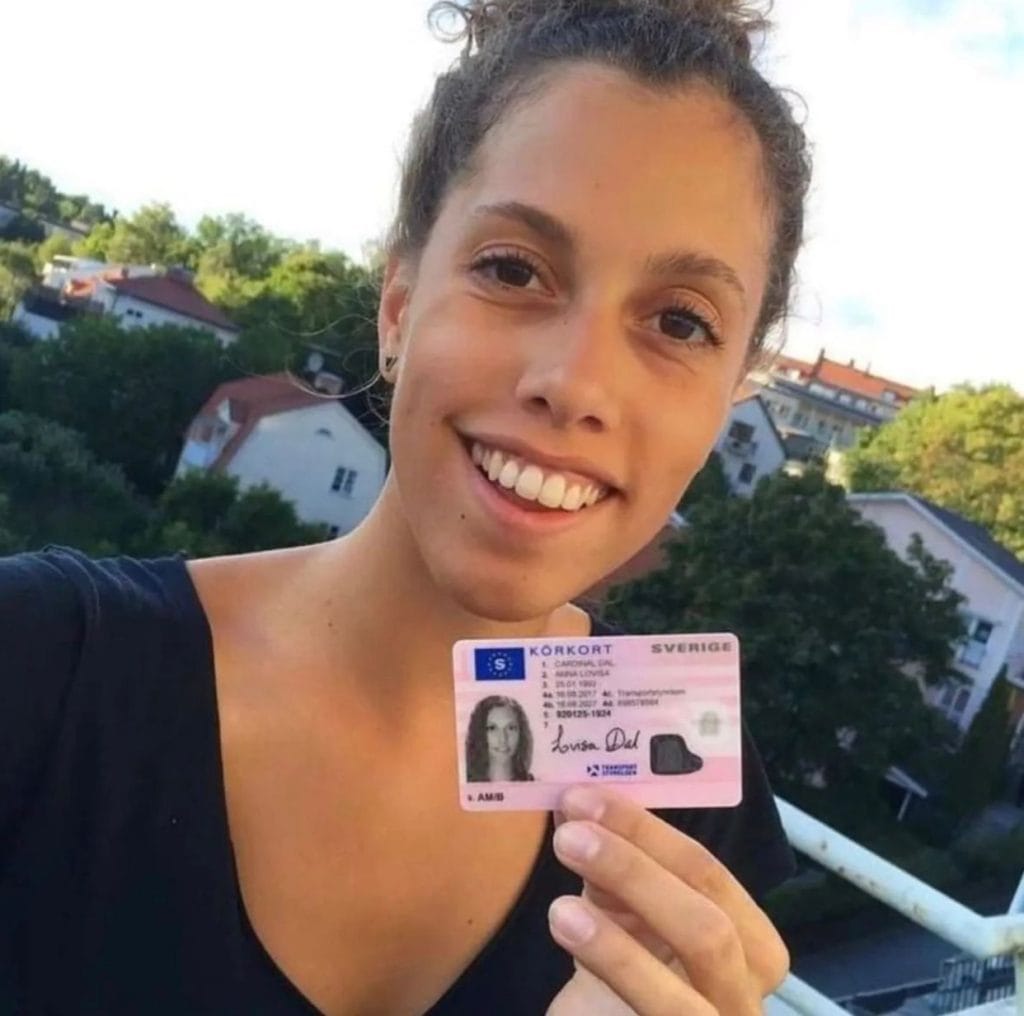The History Of Buy Driving License In 10 Milestones
페이지 정보
작성자 Christy 댓글 0건 조회 61회 작성일 25-07-11 16:14본문

The Comprehensive Guide to Legally Obtaining a Driving License
Driving is a fundamental skill for lots of, providing the liberty to take a trip where and when you want, typically making life easier and satisfying. Nevertheless, getting a driving license is a procedure that needs understanding, perseverance, and adherence to legal treatments. This guide aims to provide a comprehensive overview of the actions one must follow to legally acquire a driving license, highlighting crucial factors to consider and regularly asked concerns to make sure a smooth and problem-free experience.

Comprehending the Basics
Before diving into the application process, it's essential to comprehend the fundamental requirements and kinds of driving licenses available. Driving laws vary considerably from nation to nation, and even within different states or köpa körkort utan att ta körprov [Check Out Mixclassified] provinces within the same country. Normally, there are several kinds of driving licenses, consisting of:
- Learner's Permit: This is typically the initial step in the process, allowing new motorists to gain experience under supervision.
- Provisional License: Issued after passing a basic driving test, this license usually comes with restrictions and is a stepping stone to a full license.
- Full Driver's License: Once all the required requirements are met, chauffeurs can acquire a complete license, which offers complete driving privileges.
- Business Driver's License (CDL): Required for those who want to operate commercial automobiles, such as trucks or buses.
Steps to Obtain a Driving License
1. Research Local Driving Laws
The very first step in getting a driving license is to look into the specific requirements in your location. Visit the official website of your regional Department of Motor Vehicles (DMV) or equivalent agency to discover detailed details about the licensing process, consisting of age limitations, required documents, and charges.
2. Prepare Required Documentation
Each jurisdiction has its own set of documents that must be submitted to get a driving license. Typically required files include:
- Proof of Identity: A passport, birth certificate, or state-issued ID.
- Evidence of Residency: Utility costs, lease agreements, or other main documents that confirm your address.
- Social Security Number (if applicable): In some countries, a social security number or equivalent is required for recognition.
- Vision Test Results: Some locations need a vision test before issuing a learner's authorization or license.
3. Take a Driver's Education Course
Lots of states and nations need new motorists to finish a driver's education course. These courses are created to teach the guidelines of the road, traffic laws, and safe driving practices. They can be completed online or in a classroom setting and frequently include both theoretical and useful elements.
4. Use for a Learner's Permit
When the required documents is ready and the driver's education course is finished, the next step is to get a student's license. This normally includes checking out the DMV or sending an application online. You will also need to pass a written test that covers traffic laws and driving knowledge.
5. Practice Driving
With a student's permit, you can begin practicing driving under the guidance of a certified grownup. This is a vital action in constructing your confidence and abilities behind the wheel. It's likewise essential to get experience in numerous driving conditions, such as night driving, highway driving, and driving in harsh weather.
6. Schedule and Pass the Driving Test
After gaining adequate driving experience, you can set up a driving test with the DMV. The test will examine your ability to securely operate a lorry and follow traffic laws. You will need to bring a properly registered and guaranteed vehicle to the test, and the inspector will evaluate your driving skills on a predetermined route.
7. Use for a Provisional License
If you pass the driving test, you will usually receive a provisional license. This license may come with constraints, such as a curfew or a limit on the number of passengers you can have in the car. These restrictions are created to minimize the danger of mishaps and assist new chauffeurs accustom to the roadway.
8. Upgrade to a Full License
When you have held a provisional license for the required duration and satisfied any additional requirements, you can upgrade to a full driver's license. This process normally involves a basic application and might need a retest or additional paperwork.
Tips for a Successful Application
- Start Early: Begin the procedure as quickly as you satisfy the age requirement to offer yourself ample time to prepare.
- Stay Informed: Keep current with any changes in driving laws or DMV treatments.
- Practice Regularly: Consistent practice is key to constructing self-confidence and improving your driving abilities.
- Stay Calm During the Test: Anxiety can affect your performance, so take deep breaths and stay focused.
- Follow DMV Instructions: Pay close attention to the directions offered by the DMV and the inspector throughout your test.
Frequently Asked Questions (FAQs)
Q: What is the minimum age to use for a learner's authorization?
A: The minimum age varies by jurisdiction. In the United States, it normally ranges from 15 to 16 years of ages. In the UK, the minimum age is 17. Examine your local DMV website for specific details.
Q: Can I obtain a driver's license online?
A: Some jurisdictions enable you to finish parts of the application process online, such as completing forms and scheduling tests. However, you will generally need to check out a DMV workplace personally to send required files and take the driving test.
Q: What takes place if I fail the driving test?
A: If you fail the driving test, you can normally retake it after a specific duration. This duration differs by location, however it is typically a couple of weeks. It's a great idea to practice more before retaking the test to improve your opportunities of success.
Q: Can I drive alone with a student's license?
A: No, a student's authorization normally requires you to be accompanied by a certified grownup, normally over 21 years old, who is seated in the front traveler seat.
Q: Is a vision test needed to get a driving license?
A: Yes, most jurisdictions need a vision test to guarantee that you can securely operate a vehicle. You can typically take this test at the DMV or with an authorized eye doctor.
Q: How long does it require to get a full driver's license?
A: The time needed to get a full driver's license varies depending on your jurisdiction and the particular steps included. Normally, it can take numerous months, including the time needed to finish a driver's education course, hold a student's permit, and pass the driving test.
Q: Can I use a provisional license to drive for work?
A: It depends on the restrictions put on your provisionary license. Some provisional licenses permit you to drive for work, while others may have particular constraints. Inspect your license for details or call the DMV for explanation.
Q: What is the distinction between a learner's permit and a provisional license?
A: A learner's license is the very first stage of the licensing procedure and enables you to drive only under supervision. A provisionary license, on the other hand, grants you more driving privileges however might still have some restrictions, such as a curfew or passenger limitations.
Q: Can I apply for a commercial driver's license (CDL) without a full driver's license?
A: No, you typically require a complete driver's license before requesting a CDL. A CDL is a specific license that needs extra training and testing, and it is only issued to those who have demonstrated the capability to securely operate a basic vehicle.
Q: What should I do if I lose my driving license?
A: If you lose your driving license, you ought to report it to the DMV and use for a replacement. You may require to supply proof of identity and pay a fee. It's also a good idea to alert your insurer and any other relevant parties.
Obtaining a driving license is a substantial milestone that opens up new chances and increases self-reliance. By following the actions detailed in this guide and remaining notified about regional laws and requirements, you can guarantee a smoother and more effective licensing procedure. Bear in mind that driving is a serious obligation, and taking the time to learn and practice is necessary for your safety and the safety of others on the road.
댓글목록
등록된 댓글이 없습니다.


